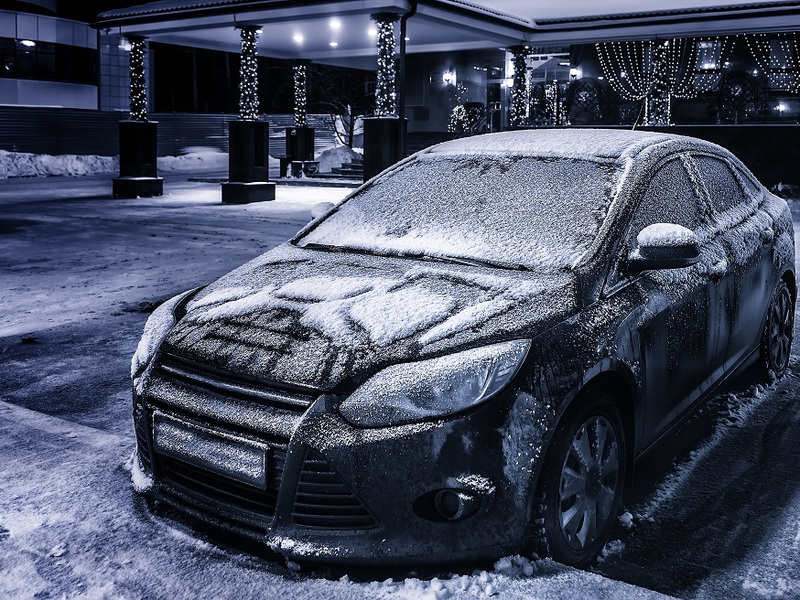The jury's been out on whether or not you should start up your car when it's frigid outside. Sure, it's great to step into a warm car before you hit the road, but does it make it tougher on your vehicle when your engine's idling for several minutes? Or, is it the right thing to do in order to make sure the fluids are warmed up before you put your car's engine through its paces? Now that the fall temps have started to drop, we want to give you the most salient advice.

Winter can wreak havoc on your car, both inside and out, (part of the reason you need snow tires), but modern cars have an advantage. Older cars have carburetors instead of more modern fuel injectors. Carburetors mixed fuel and air in the right proportions for combustion. Fuel injectors atomize the fuel into a vapor, allowing for faster, hotter combustion that leads to easier cold starts. Carburetors use suction to bring the cold droplets in, and gas may drip instead of resulting in combustion.
Older cars also have to work harder to get heated oil to the right components, so that oil is less viscous upon startup. Carbureted vehicles largely ended in the '80s, so if your vehicle is '90s or newer, you're fine not warming up your car.

If you have a pre-'90s car that's carbureted, it's smart to warm up the car so the engine is properly prepped to rev higher when you drive. You don't want to drive the car when the engine runs rough. Star your car up and let it run for at least 10 to 15 minutes to let your engine warm-up, but don't rev it to bring it to temp since it's not ready yet. Once the temperature gauge starts to move about one-third to halfway up to warm, it should be ok to drive. But wait until it comes to temp (the middle) before giving it the full juice on the gas pedal.

So, what if you have a modern fuel-injected or direct-inject vehicle? Well, you can go ahead and drive it cold, but we recommend letting the car warm up. How long? 30 seconds, a minute, 10 minutes? About five minutes is more than enough to let the oil warm up. While the engine is running, it's the perfect time to clean off your car if it's covered in snow and ice.

The final argument for warming up your car in winter, whether it's carbureted or fuel-injected is keeping your wits and physical responsiveness in top form. When the interior of the car is cold, you're not really paying full attention to the road and the vehicles around you. You're thinking about getting your hands warm, getting feeling back in your toes, etc.
The strongest argument, of course, is that your car runs better when it's all warmed up. Your car's temperature gauge shouldn't still be in the cold range when you hammer it onto the on-ramp of the expressway. You'll prematurely wear out your engine if you do this all winter because all the moving engine parts need warm, viscous oil. So, just get started in the morning a bit earlier and make sure your car is warm and ready to take on the day, just like you.


